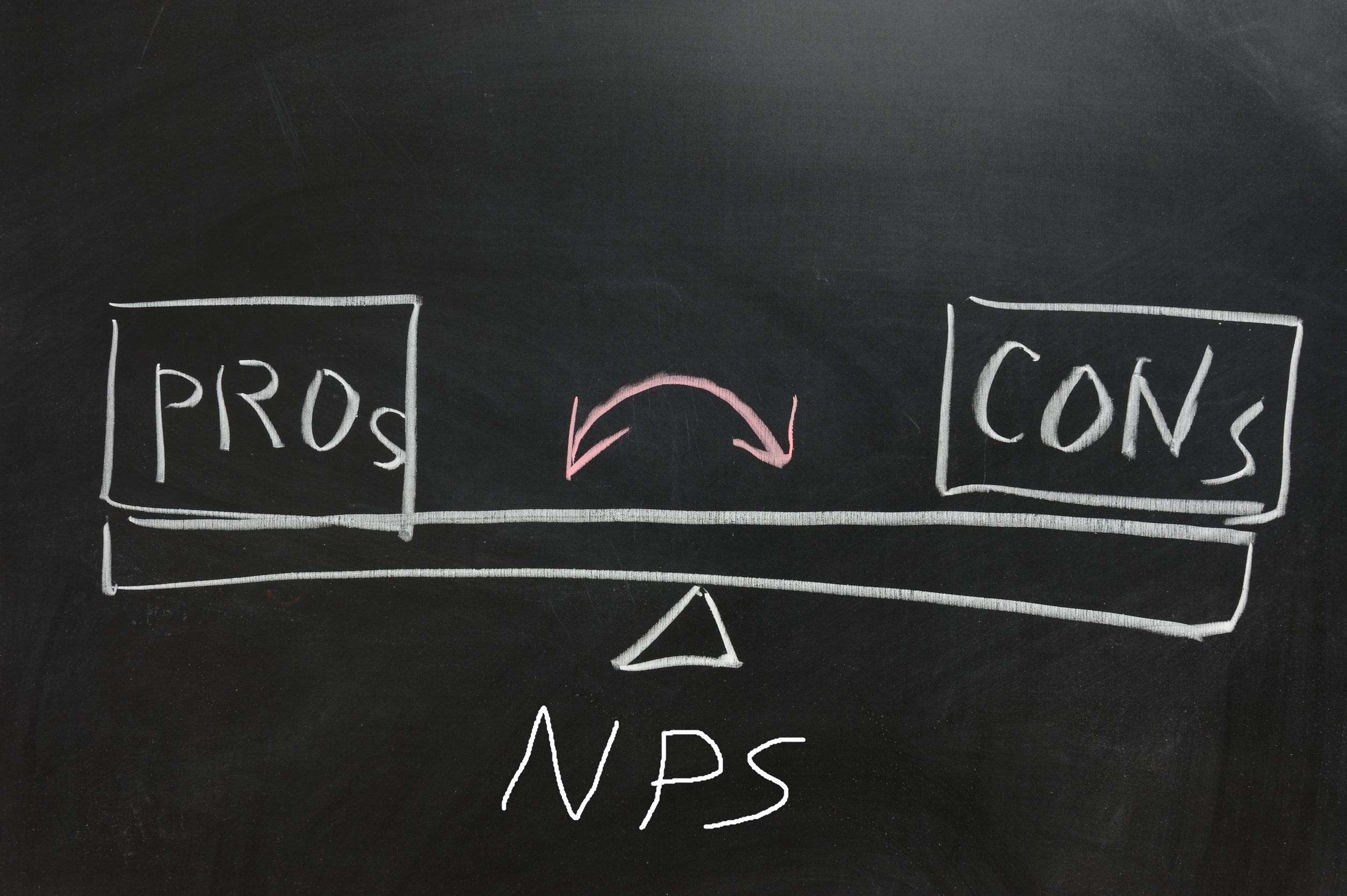Getting Feedback About Member Experience is Critical to CU Success
If you don’t know how your staff served members yesterday, it may be a sign that you should rethink how your credit union tracks, measures, and analyzes its performance. Credit union managers often focus on their marketing efforts to attract those who are leaving banks for credit unions. Unfortunately, this can sometimes overshadow the need to retain the members that they already have. For a credit union to be successful, it is critical that they find a way to measure member loyalty and know how well their credit union is performing.
Why Credit Unions Need a Performance Metric
A tough economy and a huge mistrust of banks has led to a rapidly growing credit union industry. While this is good news for all credit unions, it also means that it is now increasingly important to keep your members from leaving your credit union for another. To keep growing and improving member experience, credit unions must find methods to track their performance.
The metric that a credit union chooses will largely depend on what their ultimate goals are, but measuring member loyalty is a key way to gauge how well a credit union is doing. By measuring member loyalty, we are provided with key data that we need to improve member experience and continually hit our goals. By measuring it in real time, we monitor the health of that relationship and give employees important feedback to help improve performance.
Measuring Member Loyalty
Knowing what areas your branches are performing well in and where they are falling short is necessary in order to improve service. To identify these areas, you should use an established metric. But which one is right for your credit union?
Net Promoter Score (NPS®): Often thought of as the go-to customer loyalty metric, the NPS® system places members into three categories: promoters, passives, or detractors. Promoters are the ones who are most likely to recommend your credit union to others. Passives are ambivalent about your credit union and detractors are those who are unsatisfied.
Customer Satisfaction (CSAT): This measurement broadly refers to measuring customer loyalty through various types of customer satisfaction surveys.
Customer Effort Score (CES): CES measures how much effort a member had to exert in order to have their needs met by a credit union. Introduced in 2010, this metric is often compared to NPS® in terms of effectiveness.
Which Metric Should You Use?
After describing these three metrics, you may be wondering which is best for your branch. The truth is that no single measurement is able to cover every aspect of your credit union. In order to get a more comprehensive measurement, it would be beneficial to use a blend of these metrics and find the one that works best for you.
Measure Your Credit Union’s Performance for Success!
Understanding members and working to serve them better is a common goal for credit unions everywhere. In order to do this, loyalty is measured using metrics such as NPS®, CSAT, CES, and others. By implementing a survey strategy to measure member loyalty, you will always know exactly how well your credit union performed on any given day. Contact CU Wireless to discover how you can get instant feedback that will transform your credit union!





